An incredible 17th-century painting, originally valued at $14,000 two years ago, sold for nearly $14 million at a Sotheby’s auction after collectors discovered a surprising secret about it.
The oil painting called The Adoration of the Kings was estimated to be worth between $10,600 and $15,900 in 2021 when Christie’s attributed the work to someone in Rembrandt’s circle and put it up for sale in Amsterdam.
But Sotheby’s finally determined that the work was a real Rembrandt at its December auction last year, when the price soared to $13.8 million just two years after the last sale.
During an exhaustive examination that lasted 20 months, experts used X-ray analysis and infrared imaging and consulted with several leading Rembrandt scholars.
As some bidders were not convinced, no one bid in the December 6 auction. But the painting had been backed by a secret guarantor for a price of $13.8 million.
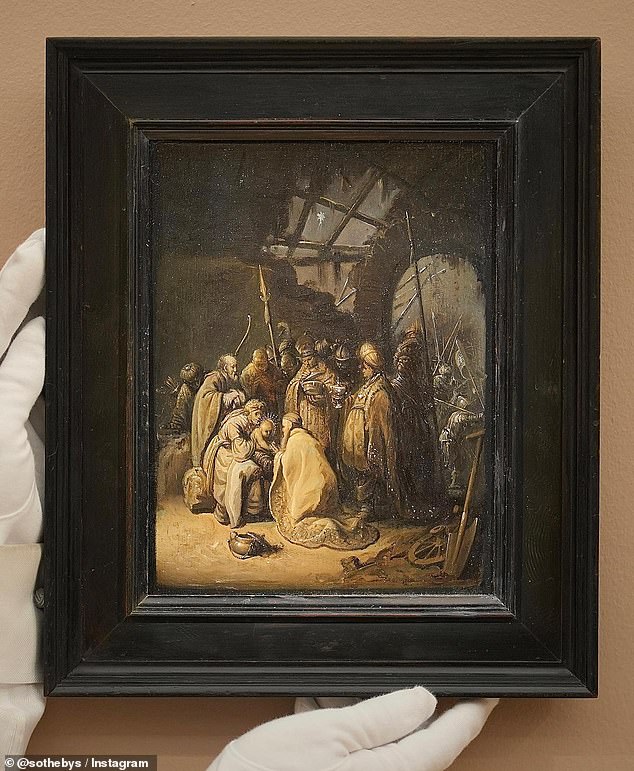
The oil painting called The Adoration of Kings, originally valued at $14,000 two years ago, sold for nearly $14 million at a Sotheby’s auction after collectors discovered a surprising secret about it.
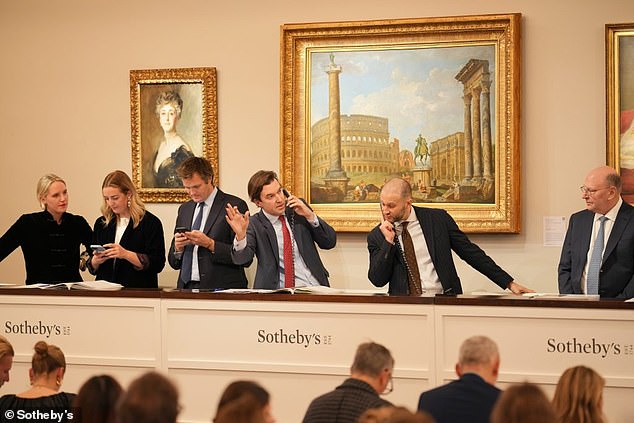

Sotheby’s finally determined the work was a real Rembrandt at its auction in December (pictured) last year, as the price soared to $13.8 million just two years after the last sale.
The buyer had agreed to pay the price before the December auction, which meant he would be awarded the painting if no higher bids were submitted.
The small-scale painting, measuring 9.6 x 7.3 inches, first came to light in 1955 when it was obtained by JCH Heldring in Amsterdam, according to the 62 page catalog from Sotheby’s.
The “extraordinary and excellent example of the master” was exhibited as a real Rembrandt in the 1950s, until a German art historian, Kurt Bauch, questioned the authorship in 1960. The auction house said it was because Bauch only looked at a photograph of the painting.
After Heldring’s widow died in 1985, Adoration returned to the market when Christie’s listed it as a work by someone in Rembrandt’s circle. It was then acquired by a German family.
In Christie’s 2021 catalogue, the painting was believed to be by an apprentice or friend of the Dutch master. It sold for $992,000.
After extensive research, Sotheby’s determined the painting to be a rediscovered Rembrandt in October 2023, calling the monochrome piece “a work of great importance in the artist’s early career.”
‘This long-overlooked painting is a significant addition to Rembrandt’s painted oeuvre. “It is in equal measure a product of his brush and of his intellect,” the auction house wrote in the catalogue.
“Probably executed around 1628, the infrared images reveal numerous compositional changes as Rembrandt worked and reworked the scene, using a sharp point, possibly an engraver’s burin, to bring out the full potential of the subject.”
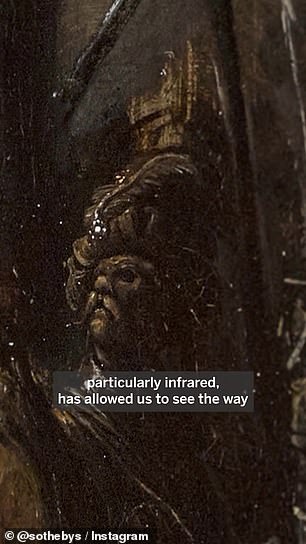

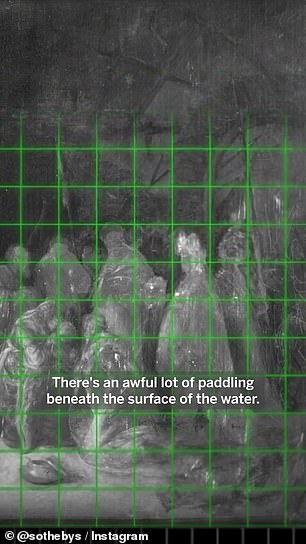

During an exhaustive examination that lasted 20 months, experts used X-ray analysis and infrared imaging and consulted with several leading Rembrandt scholars.
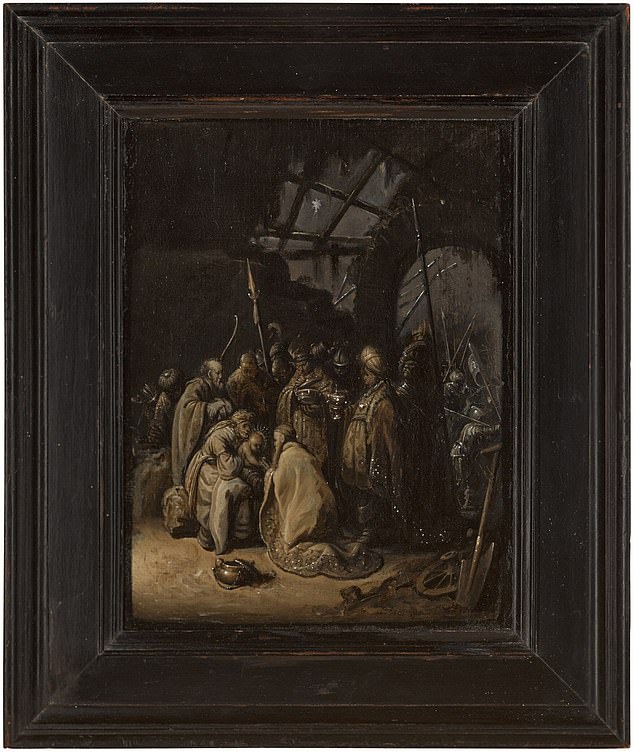

The small-scale painting, which measured 9.6 x 7.3 inches, first came to light in 1955 when it was obtained by JCH Heldring in Amsterdam, according to Sotheby’s 62-page catalogue.
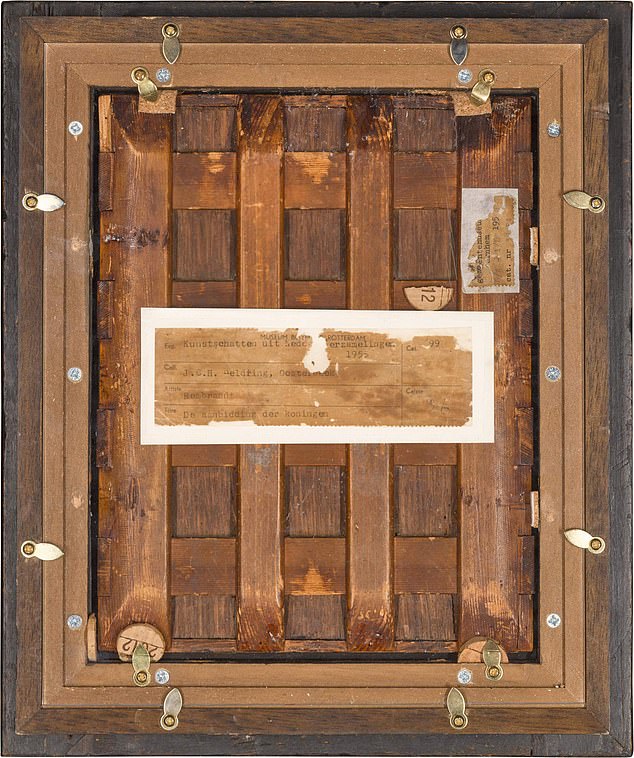

The debates persisted and some experts questioned the rapid sale of the painting.
George Gordon, Sotheby’s global co-chair of Old Master paintings, said: “All the characteristics of his style in the late 1620s are evident both in the visible painted surface and in the underlying layers revealed by science.”
Gordon told the New York Times that the lack of offers did not diminish his confidence in the attribution.
But debates persisted and some experts warned the auction house about the rapid sales of the painting.
Jorgen Wadum, who worked at Mauritshuis in The Hague and was head of conservation at Denmark’s national gallery, wrote a letter to Sotheby’s on the day of the sale.
In the letter, he noted “significant discrepancies” between the Adoration and “early, authenticated paintings by Rembrandt.”
‘I felt obliged to write and warn the auction house. If you bought the painting based on Sotheby’s claims, ‘you would simply be fooled,’ he wrote.
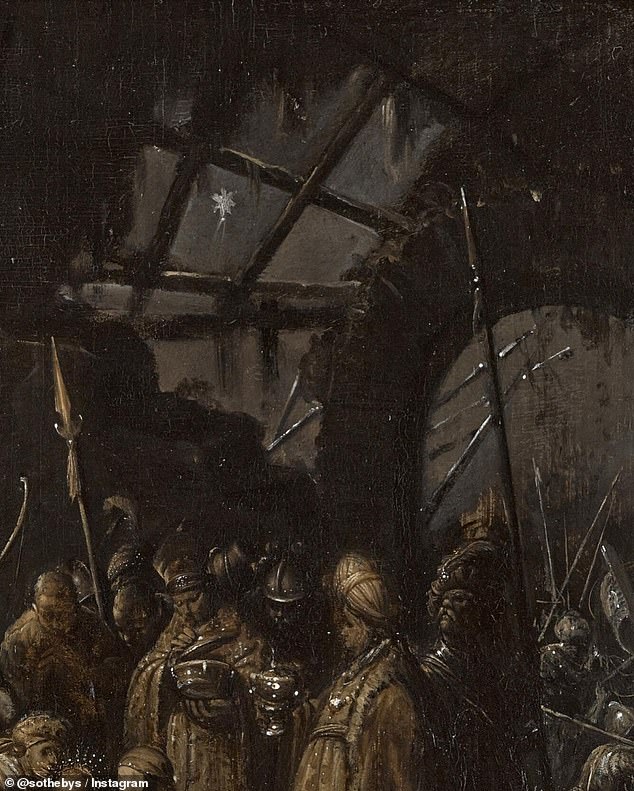

Wadum said the lines in a part of Adoration that Sotheby’s had described as “quickly marked with a sharp point” were too straight and nervous.
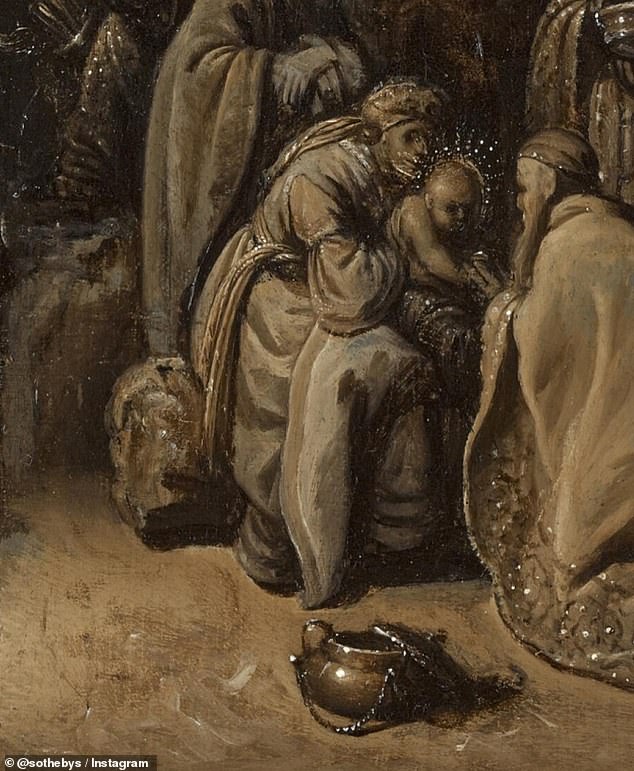

“The technique and application of paint suggest an artist working in the style of Rembrandt, but constructing the scene differently,” he wrote.


Gordon told the New York Times that the lack of offers did not diminish his confidence in the attribution.
He said the lines in a part of Adoration that Sotheby’s had described as “quickly marked with a sharp point” were too straight and bold.
It lacked “the little curls or hooks that are repeatedly seen in Rembrandt’s scratches and drawings,” he said.
“The technique and application of paint suggest an artist working in the style of Rembrandt, but constructing the scene differently,” he wrote.
Christie’s also maintained its own attribution, saying the auction house had spoken to “leading independent Rembrandt experts.”
‘It was not accepted as an autograph work and, consequently, it was offered from Rembrandt’s circle. “We understand that this remains the prevailing view,” Christie’s said in a statement.
